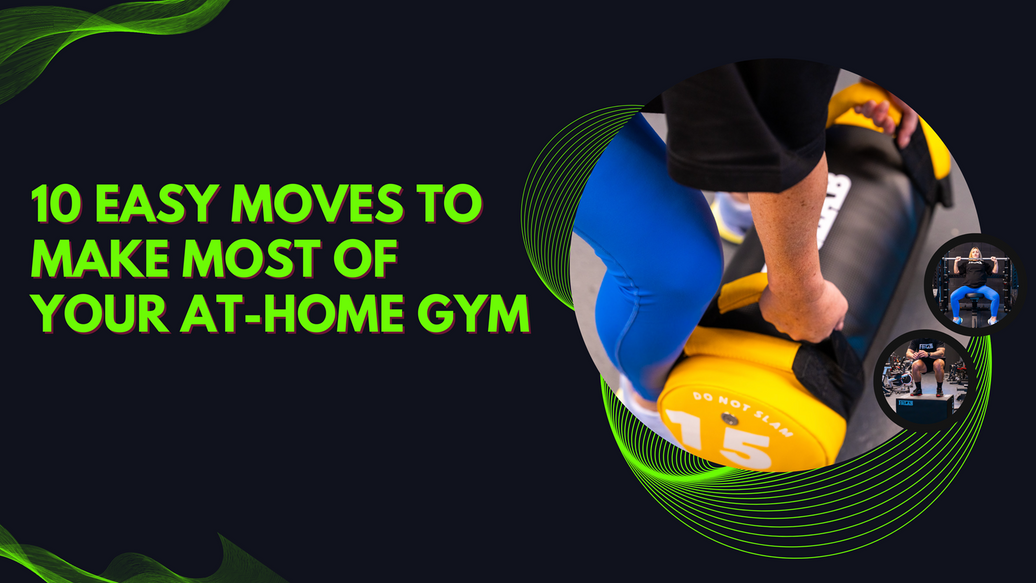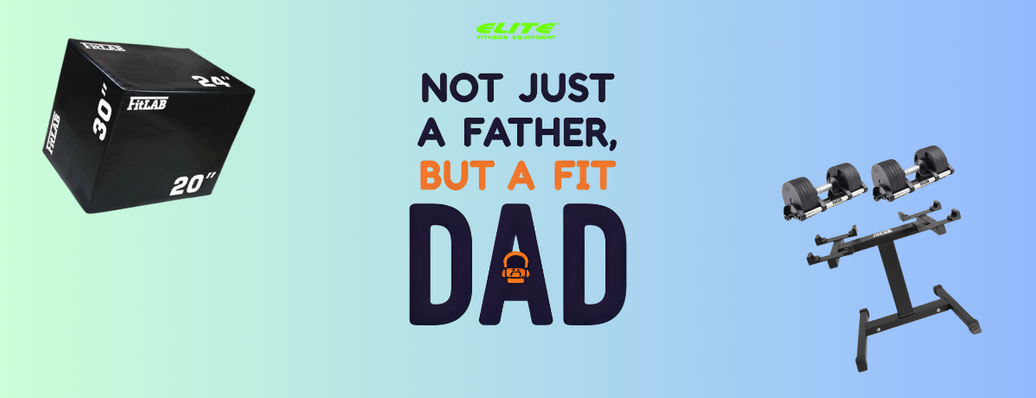First thing first! Let's Start things off with a quick quiz:
-
What's your primary fitness goal?
a) Build muscle b) Lose weight c) Improve overall health d) Train for a specific sport -
How many days can you realistically commit to the gym each week?
a) 1-2 days b) 3-4 days c) 5-6 days d) Every day -
How would you describe your current fitness level?
a) Beginner b) Intermediate c) Advanced d) Elite athlete
Got your answers? Brilliant! As you read on, keep these in mind – they'll help you tailor our advice to your specific situation.
Now, let's face the million-dollar question that's likely brought you here: "How many days a week should I hit the gym?" It isn't as straightforward as you might think. But don't worry, we'll break it down for you.
Factors to Consider
Finding the right balance in your fitness routine is crucial for achieving your health and wellness goals. It's important to consider several factors that influence how often you should hit the gym:
- Your fitness goals (e.g., weight loss, muscle gain, general health)
- Current fitness level
- Available time
- Recovery needs
- Other physical activities you engage in
General Guidelines
For most people, a good starting point is to aim for 3-5 gym sessions per week. This frequency allows for adequate recovery time while still providing enough stimulus for improvement. However, let's look at more specific scenarios:
For General Health and Fitness
If your goal is to maintain overall health and fitness, the Centers for Disease Control and Prevention (CDC) recommends:
- 150 minutes of moderate-intensity aerobic activity or 75 minutes of vigorous-intensity aerobic activity per week
- Strength training activities for all major muscle groups at least twice a week
This can be achieved with 3-4 gym sessions per week, combining both cardio and strength training.
For Muscle Building
If your primary goal is to build muscle, you might be wondering, "How many times should I go to the gym a week to build muscle?" The answer depends on your experience level and recovery ability, but generally:
- Beginners: 2-3 times per week, focusing on full-body workouts
- Intermediate: 3-4 times per week, potentially splitting workouts by muscle groups
- Advanced: 4-6 times per week, often using a muscle group split routine
Remember, muscle growth occurs during recovery, not during the workout itself. Giving your muscles adequate rest between sessions is crucial for optimal growth.
For Weight Loss
If weight loss is your primary goal, consistency is key. Aim for 4-5 gym sessions per week, combining strength training and cardio. This approach helps build lean muscle mass, which boosts metabolism, while also burning calories through cardio exercises.
Belly Fat Burning Workout
Many people are particularly interested in reducing belly fat. While spot reduction isn't possible, certain exercises can help strengthen your core and burn overall body fat. Here's a sample belly fat burning workout you can try at the gym:
- Warm-up: 5-10 minutes of light cardio
- Circuit (repeat 3 times):
- Mountain climbers (30 seconds)
- Russian twists with medicine ball (20 reps)
- Plank holds (30 seconds)
- Bicycle crunches (20 reps)
- Burpees (10 reps)
- Cardio blast: 15 minutes of high-intensity interval training (HIIT) on a machine of your choice
- Cool-down: 5 minutes of light cardio and stretching
Remember, this should be combined with a balanced diet for best results.
Effective Cardio Options
Cardio is an essential component of any fitness routine. Here are some effective cardio exercises you can do at the gym:
- Walking, especially at a quick pace
- Running
- Biking (stationary or outdoor)
- Rowing
- Swimming
- Cycling classes
- Group fitness classes (e.g., Zumba, kickboxing)
Mix and match these activities to keep your workouts interesting and challenge different muscle groups.

Gym Workout Plan for Women
While workout plans should be tailored to individual goals and fitness levels, here's a sample 3-day gym workout plan for women focusing on full-body strength and conditioning:
Day 1: Lower Body Focus
- Squats: 3 sets of 10-12 reps
- Lunges: 3 sets of 10-12 reps per leg
- Leg Press: 3 sets of 10-12 reps [ Equipment Required: Leg Press Machine OR Home Gym]
- Calf Raises: 3 sets of 15-20 reps
- 20 minutes of cardio of your choice
Day 2: Upper Body Focus
- Push-ups or Bench Press: 3 sets of 10-12 reps [ Equipment Required: Adjustable bench OR Sit up Bench]
- Dumbbell Rows: 3 sets of 10-12 reps per arm [ Equipment Required: Adjustable Dumbbell sets]
- Overhead Press: 3 sets of 10-12 reps
- Tricep Dips: 3 sets of 10-12 reps [ Equipment Required: Adjustable bench]
- 20 minutes of cardio of your choice [ Equipment Required: Treadmill]
Day 3: Full Body and Core
- Deadlifts: 3 sets of 8-10 reps [ Equipment Required: Barbell]
- Plank holds: 3 sets of 30-60 seconds
- Lat Pulldowns: 3 sets of 10-12 reps [ Equipment Required: All in one Trainer]
- Russian Twists: 3 sets of 20 reps
- 20 minutes of cardio of your choice [ Equipment Required: Elliptical Cross Trainer]
The Importance of the Bench Press
The bench press is a fundamental exercise for building upper body strength. It primarily targets the chest muscles (pectorals) but also engages the shoulders (deltoids) and triceps. Here's why it's beneficial:
- Builds upper body strength
- Improves pushing power for everyday activities
- Enhances chest aesthetics
- Boosts overall upper body muscle mass
When you add a gym bench press into your routine, start with a weight you can comfortably manage for 3 sets of 8-12 reps. As you get stronger, gradually increase the weight.
Improving Fitness with Functional Trainers
Functional trainers are versatile pieces of equipment that can significantly improve your fitness level. These machines typically feature adjustable cable systems that allow for a wide range of exercises targeting multiple muscle groups. Here's how they can enhance your workout:
- Versatility: Perform a variety of exercises for different muscle groups
- Customization: Adjust resistance and angles to suit your fitness level
- Functional movement: Mimic real-life movements for practical strength
- Safety: Provide controlled resistance, reducing injury risk
- Space-efficiency: Offer multiple exercise options in a compact footprint
Advice for Commercial Gym Owners
If you're a commercial gym owner looking to improve your clientele, investing in high-quality gym machines is crucial. Here are some tips:
- Invest in diverse equipment: Offer a mix of cardio machines, strength training equipment, and functional trainers to cater to various preferences.
- Focus on quality: Buy commercial fitness equipment from reputable suppliers known for durability and performance.
- Consider space efficiency: Opt for versatile machines like all in 1 gyms or gym cable machine that offer multiple exercise options in a compact space.
- Stay updated: Regularly update your equipment to include the latest fitness trends and technologies.
- Maintenance is key: Regularly service and maintain your commercial fitness machines to ensure they're always in top condition for your clients.
- Listen to feedback: Pay attention to what your members want and adjust your equipment offerings accordingly.
By providing a wide range of high-quality exercise machines and commercial gym accessories, you can create a more appealing environment for your clients, potentially increasing retention and attracting new members.
Conclusion
Remember to listen to your body, allow for proper recovery, and adjust your routine as needed. Whether you're looking to build muscle, lose weight, or improve overall fitness, consistency is key.
For those looking to equip their home or commercial gym, remember that the right exercise equipment can make a significant difference in achieving fitness goals. From cardio equipment, and functional trainers to commercial fitness machines, investing in quality gear can enhance workouts and improve results.
At Elite Fitness, we offer a wide range of exercise machines in Australia, from all-in-one exercise equipment for home use to commercial fitness equipment for gym owners. Our goal is to provide the best exercise equipment to help you or your clients achieve fitness goals efficiently and effectively.
Remember, the journey to better health and fitness is personal. Find a routine that works for you, stay consistent, and don't hesitate to seek advice from fitness professionals when needed. Happy training!













Leave a comment